
Two blank cheques: are Ontario and B.C. copying the homework?
Governments of the two provinces have eerily similar plans to give themselves new powers to...
The Trudeau government is signalling its willingness to stop Ontario from developing former Greenbelt lands at a time when federal powers to protect the environment are under attack at the Supreme Court of Canada.
Environment Minister Steven Guilbeault is in Toronto on Tuesday to launch a new study of the impacts of Ontario’s moves. A few hundred kilometres away, federal Justice Department lawyers were fending off attacks from Alberta, Ontario and other provinces over how far the Constitution actually allows Parliament to go in protecting air, water, land and species at risk.
At a news conference Tuesday afternoon, Guilbeault said he has received requests to intervene in Greenbelt development from “hundreds of Canadians in the last few months” and several First Nations. Now, he has asked the Impact Assessment Agency — a federal body that studies the environmental, economic, social and health impacts of potential projects — to report back on the “cumulative effects” of past, present and future construction projects “on the integrity” of Rouge Urban National Park and adjacent ecologically-significant lands that were part of the Greenbelt until recently.
Guilbeault’s instruction, which was first reported by the Toronto Star, follows months of warnings to the Ontario government after Premier Doug Ford announced he would break a promise and open Greenbelt lands to development, including in the area next to Rouge National Urban Park.
But his order falls short of using the full powers at the federal government’s disposal to get involved in development in the lands surrounding Rouge Park, Canada’s first national park in an urban setting.
The environment minister has the authority to call on the agency to conduct a regional assessment, a review that considers the total impacts of multiple projects on a region. The findings of a regional assessment inform and justify future federal decisions, and can affect whether future projects get a green light.
But Guilbeault has chosen not to use this ability in the Ontario Greenbelt and is instead calling for further study, not a full regional assessment. He told reporters and a crowd of notable environment advocates Tuesday this was because a regional assessment requires collaboration between levels of government — in this case, Ontario’s Progressive Conservative government.
“That collaboration is impossible,” Guilbeault said. “It’s not about putting housing units everywhere. We have to be reasonable. We have to be strategic about it. And that’s not what is being proposed right now here in Ontario, unfortunately.”
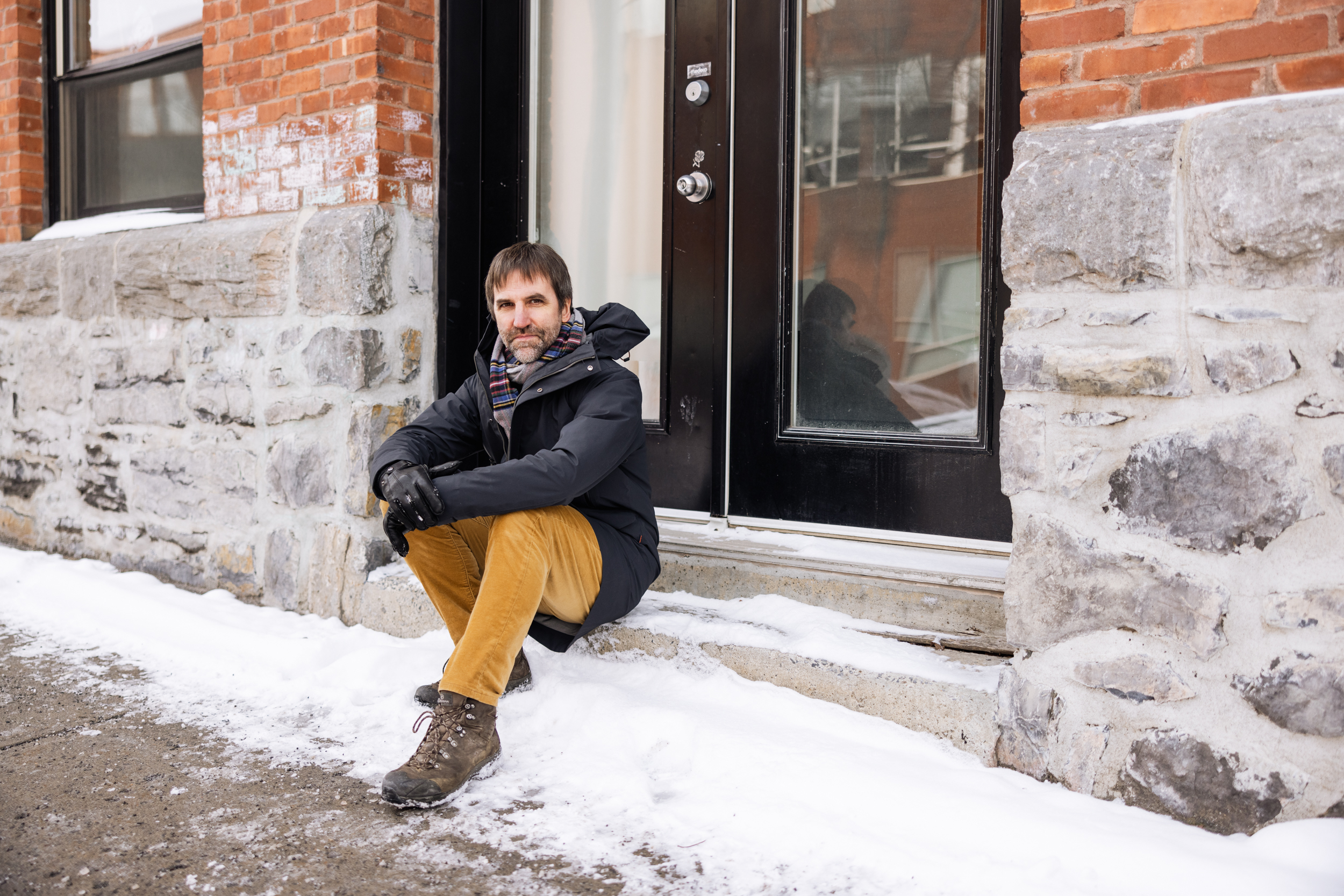
Guilbeault said the Ontario government is “simply refusing to look at the environmental impacts of the proposed development” and ignoring the duty to properly consult Indigenous communities. “There is zero desire for public consultation, no desire for transparency and no desire to understand the environmental impacts and health impacts to Ontarians of going ahead with these developments,” he said.
The federal minister cited Canada’s recent commitment at COP15 in Montreal to protect at least 30 per cent of lands and waters, and restore degraded lands. “I profoundly disagree with Premier Ford on this,” he said. “This is not a project that’s aimed at stopping development. This is a study that is aimed at better understanding what the impacts of development will be on the Rouge National Urban Park.”
Guilbeault said this new study is “an information gathering exercise” that will inform future decisions on any proposed development projects. The study will be done “as quickly, as efficiently as possible,” and “in a transparent manner with information accessible” to Indigenous communities and the wider public. Older versions of Canada’s impact assessment rules included provisions for regional studies, but the concept was replaced with the more detailed regional assessment in 2019.
Guilbeault said repeatedly he would not hesitate to use the tools available to him to stop any development that may have “a profound impact on species at risk in Canada.”
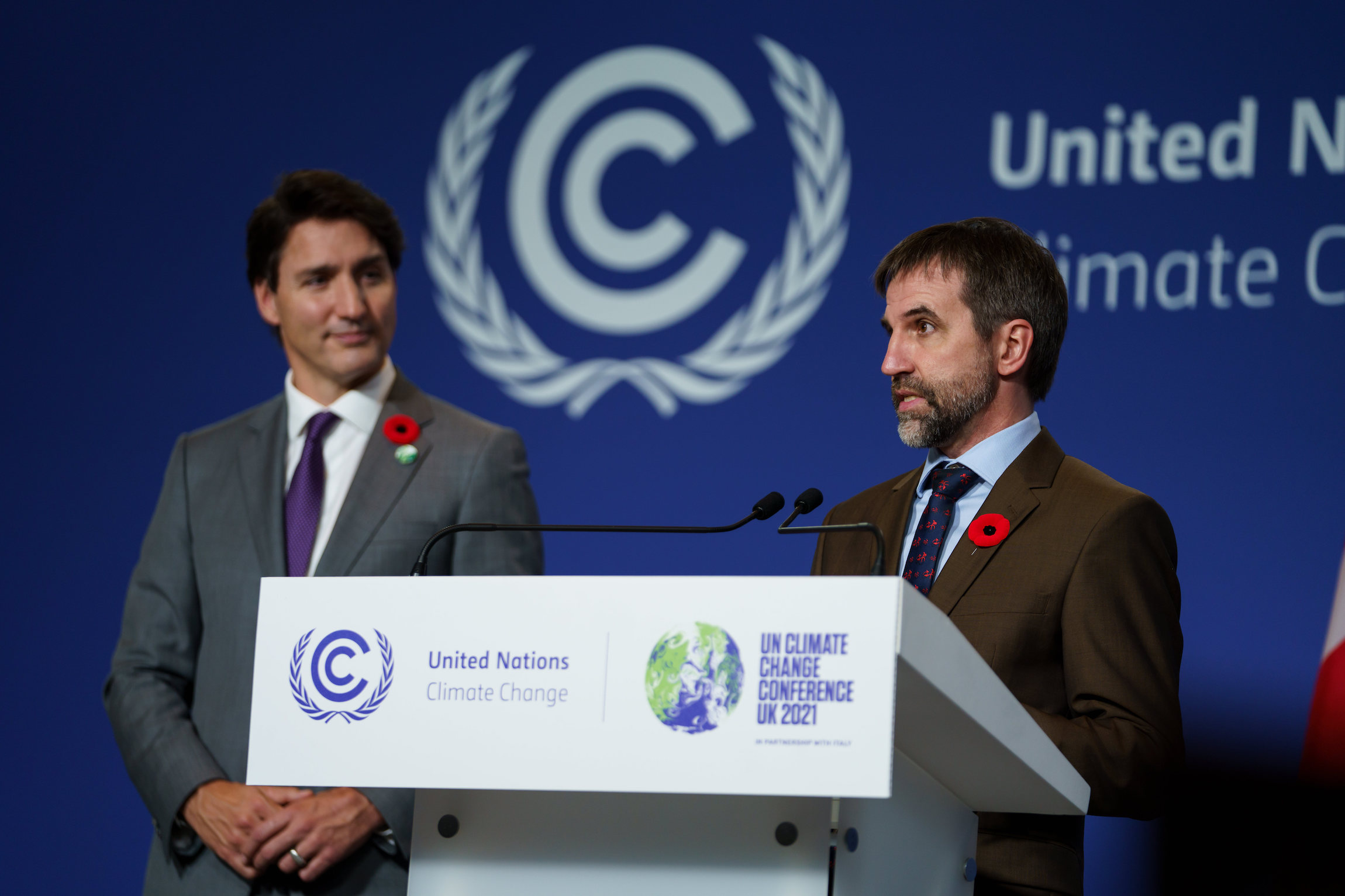
“It is not a theoretical possibility,” Guilbeault said, that he uses his powers to stop development in the now opened up Greenbelt lands.
But his decision and remarks come the same day as the beginning of a Supreme Court case that will put these powers under constitutional review. Provinces have long said the powers impede on their authority to make development decisions: although the Supreme Court case was brought forward by Alberta, it has been supported by Ontario and Sakstchewan.
Guilbeault took shots at those provinces. “God forbid that we have an Impact Assessment Act in Canada that can look at having meaningful consultation with Indigenous peoples, that can look at what the impacts of projects and development can have on Indigenous land and can look at the impacts of climate change of these projects,” he said.
Ontario and the federal government have “a profound disagreement” on how to move forward on the Greenbelt, Guilbeault added.
The Ontario government finalized plans to open 7,400 acres of land in the protected Greenbelt in December. Municipal Affairs and Housing Minister Steve Clark said the move was needed to build 50,000 homes, even though his own housing affordability task force found that cutting into the Greenbelt isn’t necessary, as zoning, not land availability, is at the heart of the province’s housing crisis.
A large chunk of that 7,400 acres came from the Duffins Rouge Agricultural Preserve, an area of prime farmland that borders Rouge Park. When the government locked in its new Greenbelt boundaries, it did so over objections from Parks Canada, which warned that removing the agricultural preserve from the protected area would cause “irreversible harm” to the natural environment.
That would include harm to the park’s 42 species at risk, including the monarch butterfly, Blanding’s turtle and the red-headed woodpecker.
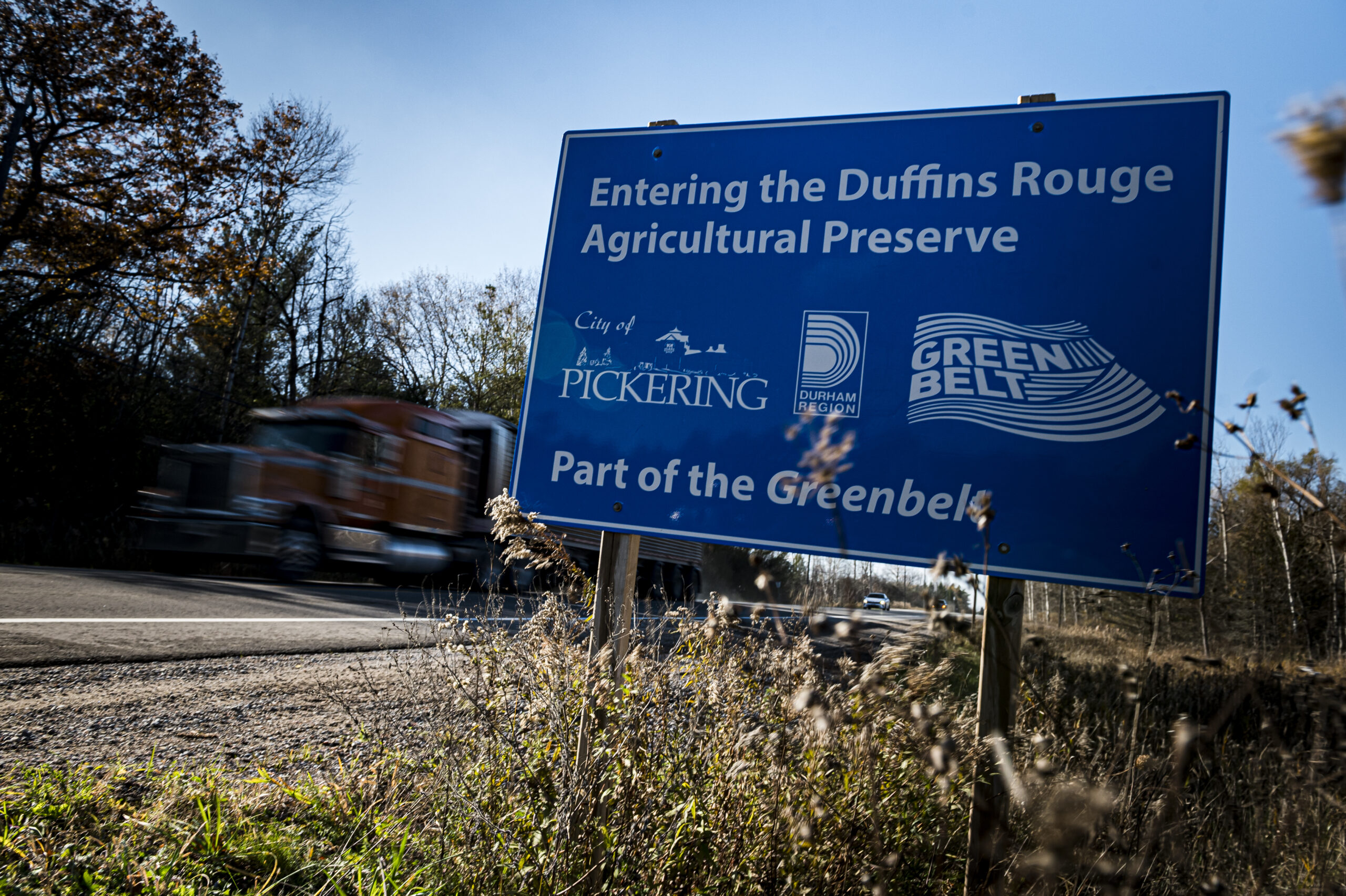
Last October, Guilbeault warned all provinces that the federal government would no longer tolerate the destruction of habitats containing endangered species, citing a decision to halt the construction of a street in Longueuil, Que. in an area that was home to the endangered chorus frog.
“We’ve used the law on endangered species, in some cases, to put the brakes on development projects. I don’t think we’re going to need to do it all the time. I think when we’ve done it enough times, people will understand that the party is over,” Guilbeault told the Canadian Press.
Guilbeault has been repeating that message strongly in Ontario over the last several months as the Doug Ford government made sweeping changes to development policy and environmental oversight processes. In January, Guilbeault warned that he might use the federal impact assessment process or other mechanisms to intervene on projects proposed on former Greenbelt land.
“I think we’re being told that in order to provide housing to Canadians, we need to destroy nature,” he said at the time. “I profoundly reject that premise.”
Guilbeault referred to Rouge Park specifically when he reiterated that warning at a March 1 press conference, saying that he was “not trying to take a shot at anyone here,” but that the federal government has committed to doing better at protecting nature.
“If there was a large commercial industrial project that was announced on the edge of Banff National Park or Jasper National Park, I think that most Canadians would be outraged from coast to coast to coast,” he said.
“I think they would demand that the federal government ensure the environmental integrity of these icons for Canadians, and I think that [Rouge Urban National Park] is that for many of us.”
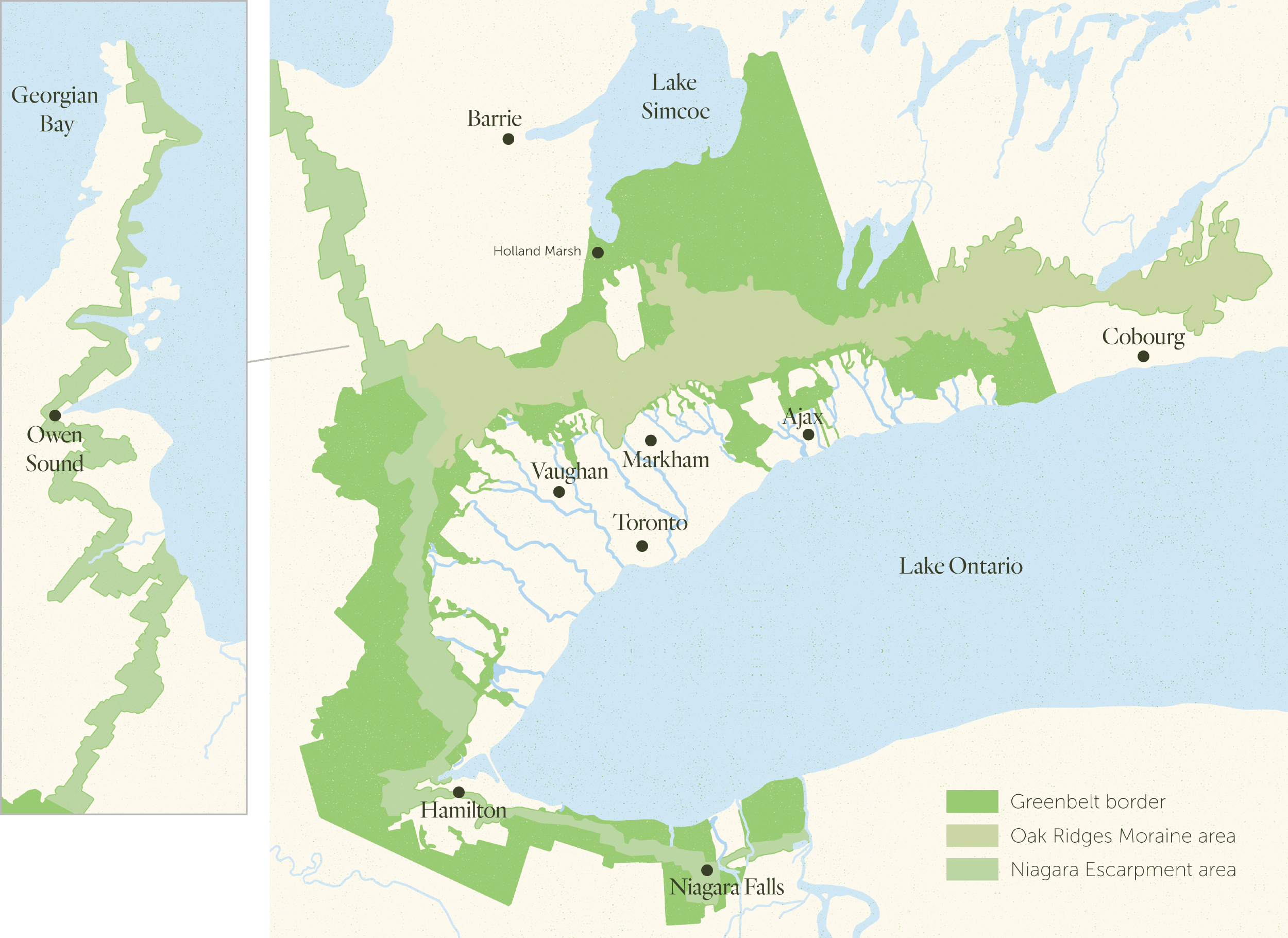
This isn’t the first time the federal government has used the Impact Assessment Agency to intervene in Ontario government plans that would encroach on the Greenbelt or endangered species habitat. In 2021, Guilbeault announced an intervention on Highway 413 with an impact assessment, citing concerns about federally-protected species like the red-headed woodpecker, western chorus frog and rapids clubtail dragonfly. Highway 413 hasn’t moved forward much in the two years since.
The federal government has also reprimanded Ford’s government for lack of adequate consultation with Indigenous communities about the highway, warning it could cause further delays. That could be an issue in the Greenbelt as well: like much of Ontario’s recent development policy, the move to open the Duffins Rouge Agriculture Preserve has drawn ire from First Nations.
Chief Kelly LaRocca of the Mississaugas of Scugog Island has represented the Williams Treaties First Nations in discussions of Greenbelt development, and has criticized Ontario’s lack of consultation to The Narwhal in the past.
“This government’s violation of Indigenous Rights is nothing new,” she said last December, after the Chiefs of Ontario called for the recall of Ford’s signature development policy, Bill 23.
If the federal government does end up ordering impact assessments for former Greenbelt land, it would be a significant problem for Ontario, which has made it clear it wants the land it opened up to have homes on it as soon as possible. Clark has said that if building isn’t underway by 2025, his government will return the removed lands to the protected area, a deadline several municipalities have said will be difficult to meet. However, the regulation he used to change the borders didn’t mention that or include a mechanism to make it happen.
The terms and scope of Guilbeault’s newly-announced study will be finalized by June, with its completion planned “as soon as possible,” the minister’s office said.
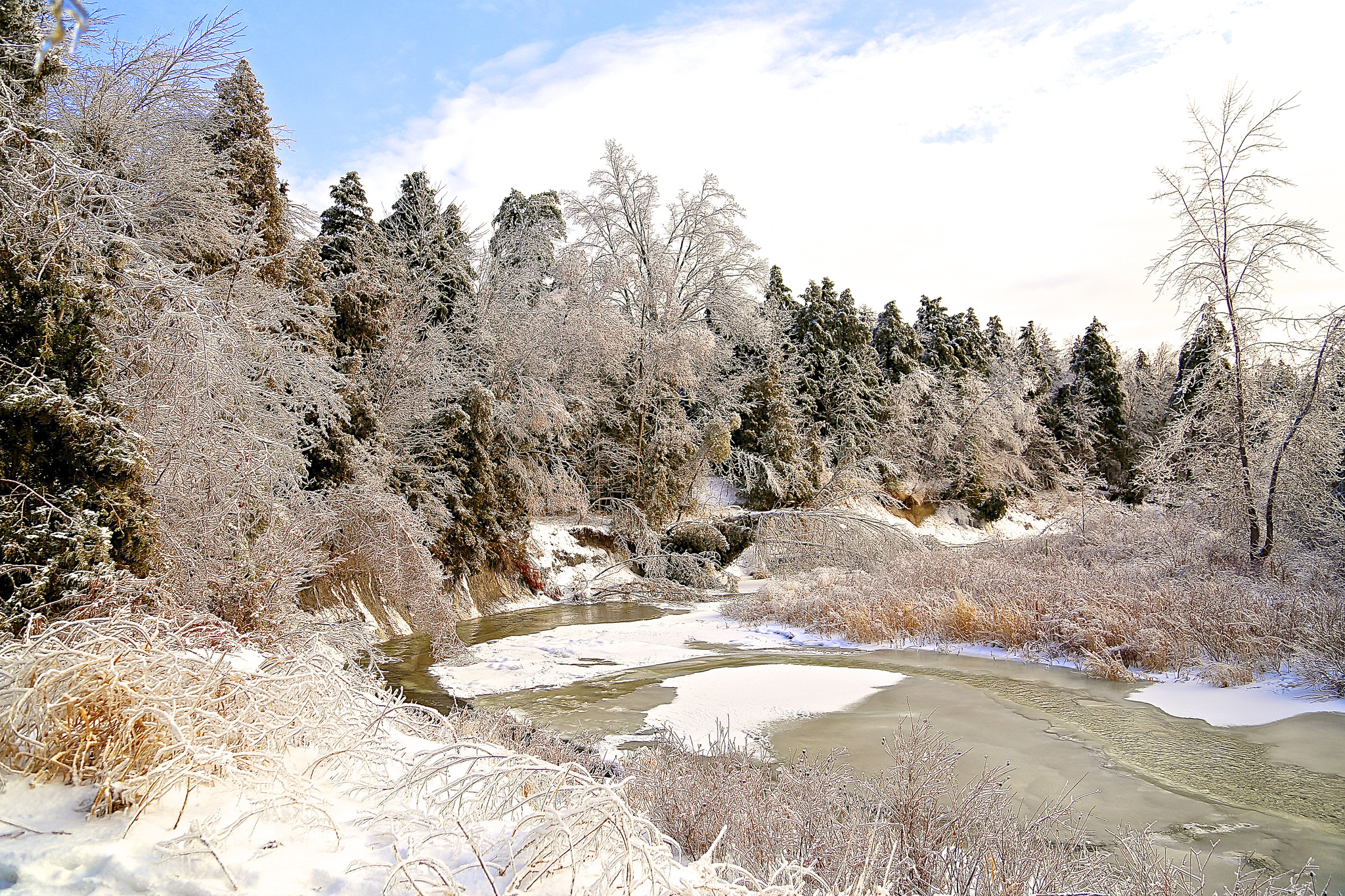
According to the Toronto Star, Ford said Tuesday morning that he has “no problem” with Guilbeault’s move and that any study of Rouge Park won’t affect his development plans.
“It’s really adjacent and isn’t it great that we can build a community and people can go there and walk through these parks,” Ford said, according to the Star.
Provincial Environment Minister David Piccini told The Narwhal he “welcomes” the federal government’s interest in the park, but refused to answer specific questions about whether the provincial government will collaborate with the study.
Piccini also didn’t say whether Ontario would reconsider development “adjacent” to Rouge Park, which could seriously impact species at risk. The Duffins Rouge Agricultural Preserve and Rouge Urban National Park form the last intact wildlife corridor between Lake Ontario and the Oak Ridges Moraine, a rock formation to the north that’s also part of the Greenbelt and encompasses the headwaters of dozens of rivers.
Elsewhere, that connection has been severed by urban development. The area also falls under a 2015 land claim from Mississaugas of the Credit First Nation, which has also said it wasn’t consulted about the Greenbelt changes and asked the provincial government to reverse them.
The agricultural preserve is unique for both its ecological importance and its role as a long-time environmental battleground. It borders a particularly environmentally-sensitive section of Rouge Park called the Townline Swamp Wetland Complex, where Blanding’s turtles move freely between the park and the former Greenbelt lands next door.
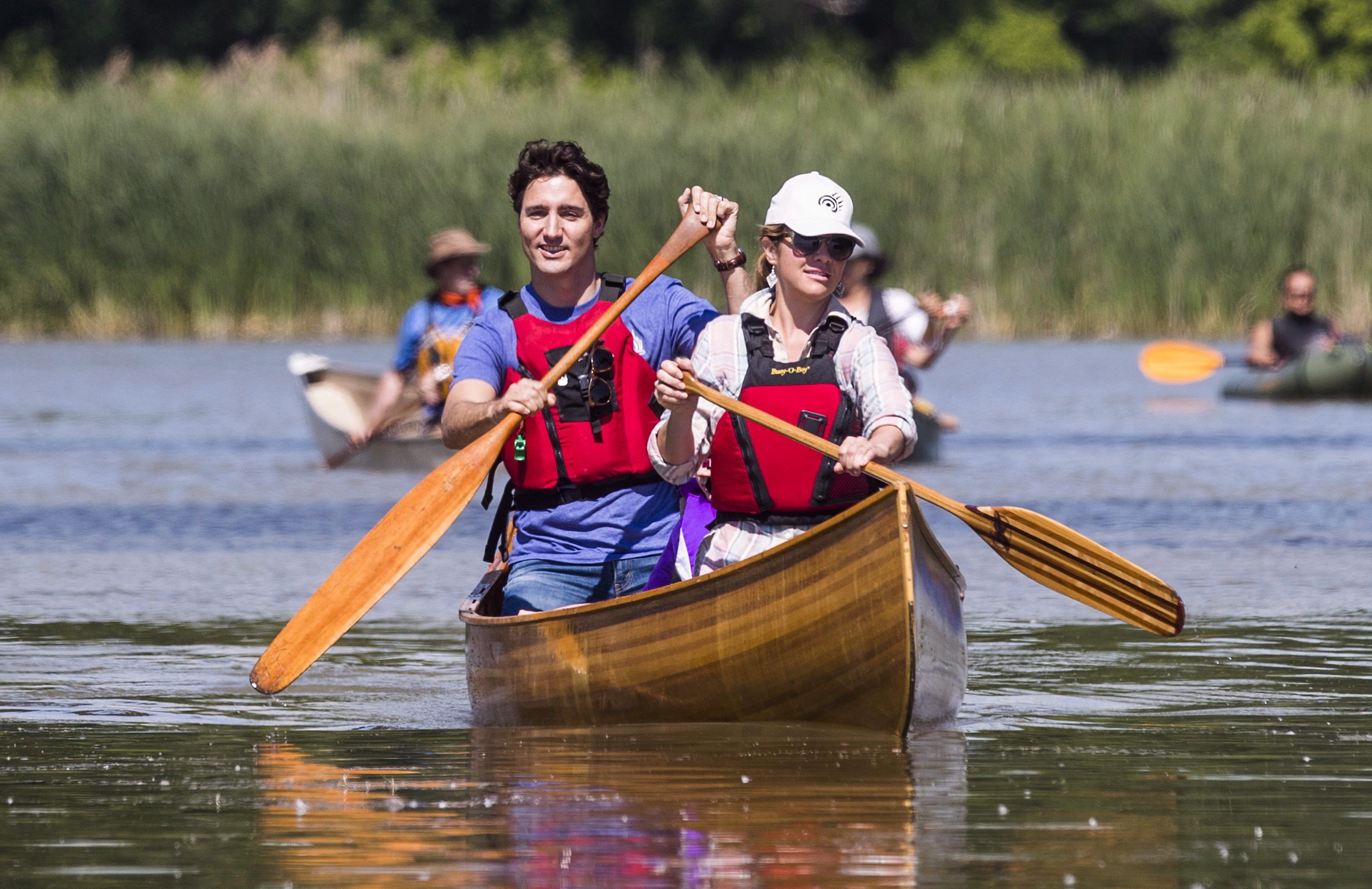
The preserve, which is located in the Toronto suburb of Pickering, is also a prime location for developers seeking cheap property relatively close to the city’s red-hot housing market. The push and pull over what to do with land there has persisted for decades.
In the 1970s, the land was expropriated for a proposed airport that was never built. The province and Pickering worked together to sell plots back to their original landowners and tenant farmers in 1999, with conditions requiring that the land only be used for agriculture in perpetuity, with low prices to reflect that.
But six years later, Pickering revoked those conditions, and developers seized the opportunity to buy land there. One of them was prominent developer Silvio De Gasperis, a longtime donor to Ford’s Progressive Conservatives and the owner of the TACC Group of construction and development companies, who was highlighted in a Narwhal/Toronto Star investigation into developers benefitting from the Greenbelt cuts.
“Everybody is always looking for a deal,” De Gasperis told the Toronto Star in 2005 after he bought land in the preserve.
The then-Liberal provincial government stepped in and added the land to the Greenbelt, once again making the agricultural preserve off-limits to development over objections from DeGasperis and others. Now that the Ford government’s changes to the Greenbelt are final, DeGasperis is poised once again to build there — depending on what happens with any federal interventions.
Updated on March 21, 2023 at 3:48 p.m. ET: This story has been updated to include remarks from federal Environment Minister Steven Guilbeault, Ontario Premier Doug Ford and Ontario Environment Minister David Piccini.
Get the inside scoop on The Narwhal’s environment and climate reporting by signing up for our free newsletter. On a warm September evening nearly 15...
Continue reading
Governments of the two provinces have eerily similar plans to give themselves new powers to...

Katzie First Nation wants BC Hydro to let more water into the Fraser region's Alouette...

Premier David Eby says new legislation won’t degrade environmental protections or Indigenous Rights. Critics warn...
